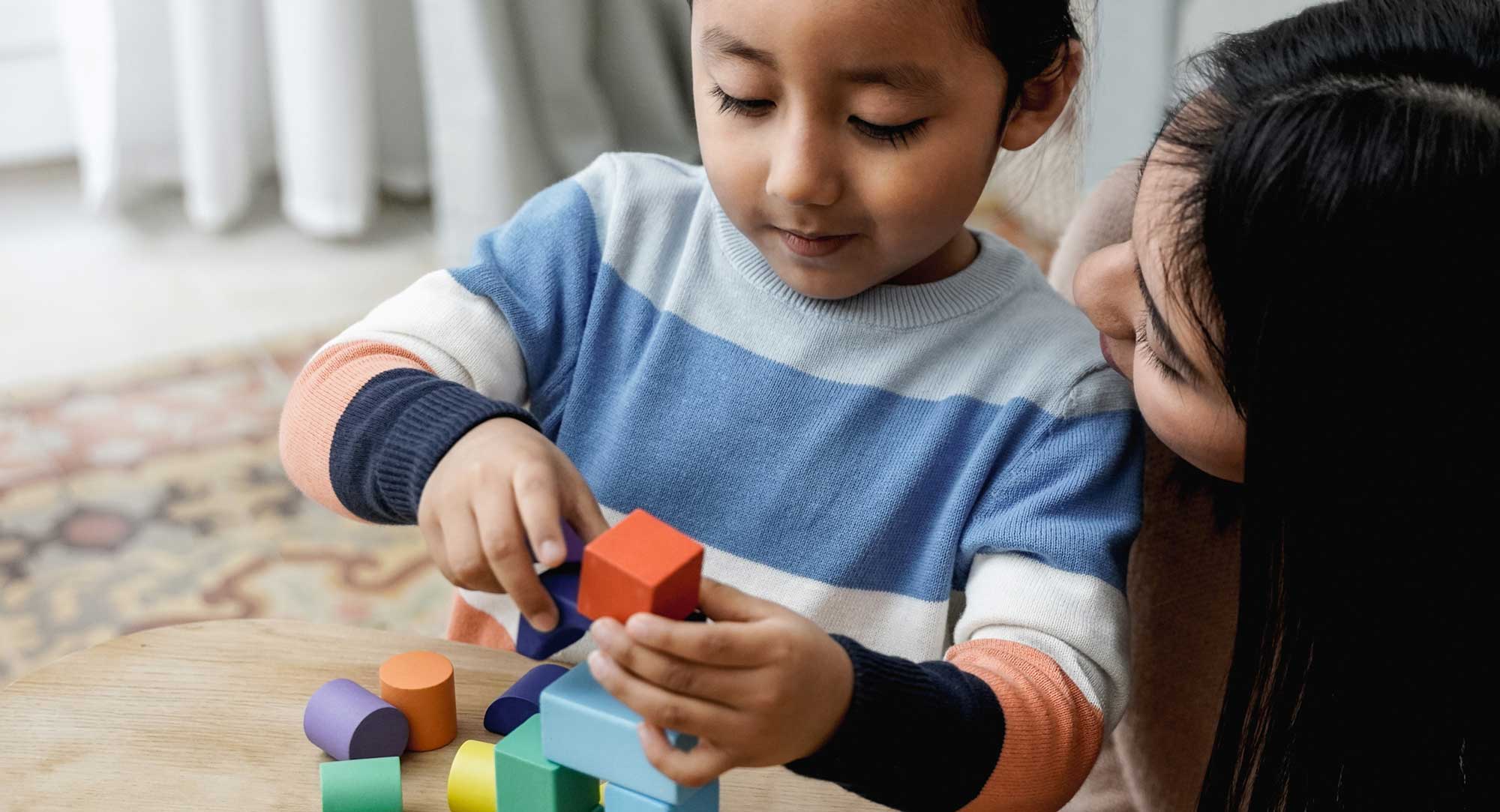Psychotherapy sessions with caregivers may help prevent serious disease later in life for young children who have experienced significant trauma, a new UC San Francisco study found.
Past research has shown that young children benefit psychologically for up to nine years after dyadic, child-parent treatment for trauma, but this is the first time a biological benefit from this treatment has been found.
UCSF researchers looked at the effects of dyadic therapy on a biomarker they dubbed “age acceleration” that tells how fast or slow a person’s body is aging compared to their chronological age.
This “epigenetic clock” runs faster for people who have experienced early childhood trauma; that in turn puts them at greater risk for heart disease, cancer, obesity and asthma.
The study compared two groups of Bay Area children between the ages of 2 and 6 years old with traumatic experiences. Before treatment, both groups had similar rates of biological age acceleration.
One group received up to 20 weekly sessions of Child-Parent Psychotherapy (CPP), a program designed by Alicia Lieberman, PhD, director of UCSF’s Child Trauma Research Program and the study’s co-author. The other group did not receive CPP.
The 45 children who participated in the therapy had less age acceleration than the 110 who didn’t. Though the difference was not great, it still may be significant, as even small biological changes early on can lead to big differences in health outcomes over the life course, noted senior author Nicole Bush, PhD, a psychologist and chief of UCSF’s Division of Developmental Medicine.
“These findings bolster the case for making sure families who experience trauma and stress can access child-parent therapies, in order to improve mental and physical health,” said Bush, who is the Lisa and John Pritzker Distinguished Professor of Developmental and Behavioral Health.
The study appears Aug. 14 in Psychological Science.
Relationships matter to health
More than 80% of the children in the treatment group and two-thirds of the comparison group were Latinx, which is important because families of color and low-income families are more frequently exposed to trauma than white families with higher incomes, yet they are typically not included in medical research.
The level of trauma was higher for the participants than is typically studied in children, which makes the findings even more noteworthy, said Lieberman, who is the Irving B. Harris Endowed Chair in Infant Mental Health.
“We’re talking about very acute trauma in young children, things like loss of a parent, maltreatment and community violence,” said Lieberman. “The children in the intervention had an average of five traumatic events under age six, when the literature shows that if you have four or more before age 18, you are more likely to develop one of the 10 leading causes of death as an adult.”
Their parents, meanwhile, had an average of 13 traumatic events, which Lieberman said puts them at greater risk of difficulty with regulating their own emotions and actions in response to the challenging behavior of their children.
In Child-Parent Psychotherapy, therapists incorporate toys to help children process emotions and thoughts related to their traumatic experiences, and to help parents understand how their children’s behavior is linked to their experiences. They also facilitate the parent-child bond by guiding the duo through positive social interactions.
“When both parent and child have experienced trauma, it exacerbates the effects of the trauma,” Lieberman said. “Our approach is to heal the relationship and the trauma of both child and adult in sessions together. Relationships are the key to health, starting in early childhood.”
“Parents can sometimes feel helpless in the face of their children’s exposure to trauma,” added psychologist Allie Sullivan, PhD, co-first author of the study and a postdoctoral scholar in the Department of Psychiatry and Behavioral Sciences at UCSF. “We hope these results reassure parents that they have the capacity and strength to protect their children from adversity.”
A critical time for development
Interventions before age five, when a child’s brain undergoes its most dramatic period of development, have the largest effect on a child’s mental and physical health later in life.
In recent years, California’s Department of Health Care Services has created benefits to support family therapy and dyadic care for pediatric Medi-Cal patients, starting at birth. Zuckerberg San Francisco General Hospital provides this care and offers technical assistance to medical practices across California on how to provide and be reimbursed for it.
The researchers hope their work will demonstrate the social, ethical and economic value of therapy-based alternatives to medication when it comes to treating family trauma.
“Something as fundamental as putting families together and naming the trauma, and creating a setting of emotional safety and healing, can lead to biological repair that may benefit mental and physical health across the life course,” Bush said. “We hope policymakers and practitioners take notice.”
Co-Authors: Michael Coccia, MS, of UCSF; Sarah M. Merrill, PhD, Chaini Konwar, PhD, Julia L. MacIsaac, PhD, and Michael S. Kobor, PhD, of the University of British Columbia, Vancouver; and Luisa Rivera, MD, of Dartmouth College.
Funding: Substance Abuse and Mental Health Services Administration (5U79SM080030); National Heart, Lung, and Blood Institute (R01 HL116511-02); National Center for Advancing Translational Sciences, National Institutes of Health (UL1 TR000004); Robert Wood Johnson Health and Society Scholars Program; Lisa and John Pritzker Family Foundation; Tauber Family Foundation; Lisa Stone Pritzker Family Foundation; Irving Harris Foundation; Harvard Toxic Stress Research Network funded by the JPB Foundation of New York; and Canadian Institutes of Health Research (PJT-173230).
Disclosures: None.

